Spain welcomed 12.2 million UK tourists between January and July 2023, 6 percent less when compared to the same period in 2019, according to data released on Monday by Spanish tourism association Turespaña.
This represents a decrease of 793,260 British holidaymakers for Spain so far this year.
Conversely, the number of Italian (+8 percent), Irish (+15.3 percent), Portuguese (+24.8 percent), Dutch (+4 percent) and French tourists (+5 percent) visiting España in 2023 are all above the rates in 2019, the last pre-pandemic year.
German holidaymakers are together with their British counterparts the two main nationalities showing less interest in coming to Spanish shores.
Britons still represent the biggest tourist group that comes to Spain, but it’s undergoing a slump, with another recent study by Caixabank Research suggesting numbers fell particularly in June 2023 (-12.5 percent of the usual rate).
READ ALSO: Spain fully booked for summer despite most expensive holiday prices ever
So are some Britons falling out of love with Spain? Are there clear reasons why a holiday on the Spanish coast is on fewer British holiday itineraries?
According to Caixabank Research’s report, the main reasons are “the poor macroeconomic performance of the United Kingdom, the sharp rise in rates and the weakness of the pound”.
This is evidenced in the results of a survey by British market research company Savanta, which found that one in six Britons are not going on a summer holiday this year due to the UK’s cost-of-living crisis.
Practically everything, everywhere has become more expensive, and that includes holidays in Spain: hotel stays are up 44 percent, eating out is 13 percent pricier, and flights are 40 percent more on average.
READ ALSO: How much more expensive is it to holiday in Spain this summer?
Caixabank stressed that another reason for the drop in British holidaymakers heading to Spain is that those who can afford a holiday abroad are choosing “more competitive markets” such as Turkey, Greece and Portugal.
And there’s no doubt that the insufferably hot summer that Spain is having, with four heatwaves so far, has also dissuaded many holidaymakers from Blighty from overcooking in the Spanish sun.
With headlines such as “This area of Spain could become too hot for tourists” or “tourists say it’s too hot to see any sights” featuring in the UK press, budding British holidaymakers are all too aware of the suffocating weather conditions Spain and other Mediterranean countries are enduring.
Other UK outlets have urged travellers to try out the cooler Spanish north rather than the usual piping hot Costa Blanca and Costa del Sol destinations.
Another UK poll by InsureandGo found that 71 percent of the 2,000+ British respondents thought that parts of Europe such as Spain, Greece and Turkey will be too hot to visit over summer by 2027.
There’s further concern that the introduction in 2024 of the new (and delayed) ETIAS visa for non-EU visitors, which of course now also applies to UK nationals, could further compel British tourists to choose countries to holiday in rather than Spain.
READ MORE: Will British tourists need to pay for a visa waiver to enter Spain?
However, a drop in the number of British holidaymakers may not be all that bad for Spain, even though they did spend over €17 billion on their Spanish vacations in 2022.
Towns, cities and islands across the country have been grappling with the problem of overtourism and the consequences it has on everything from quality of life for locals to rent prices.
READ ALSO: ‘Beach closed’ – Fake signs put up in Spain’s Mallorca to dissuade tourists
The overcrowded nature of Spain’s beaches and most beautiful holiday hotspots appears to be one of the reasons why Germans are visiting Spain in far fewer numbers. A recent report in the country’s most read magazine Stern asked “if the dream is over” in their beloved Mallorca.
Spanish authorities are also seeking to overhaul the cheaper holiday package-driven model that dominates many resorts, which includes moving away from the boozy antics of young British and other European revellers.
Fewer tourists who spend more are what Spain is theoretically now looking for, and the rise in American, Japanese and European tourists other than Brits signify less of a dependence on the British market, one which tends to maintain the country’s tourism status quo for better or for worse.

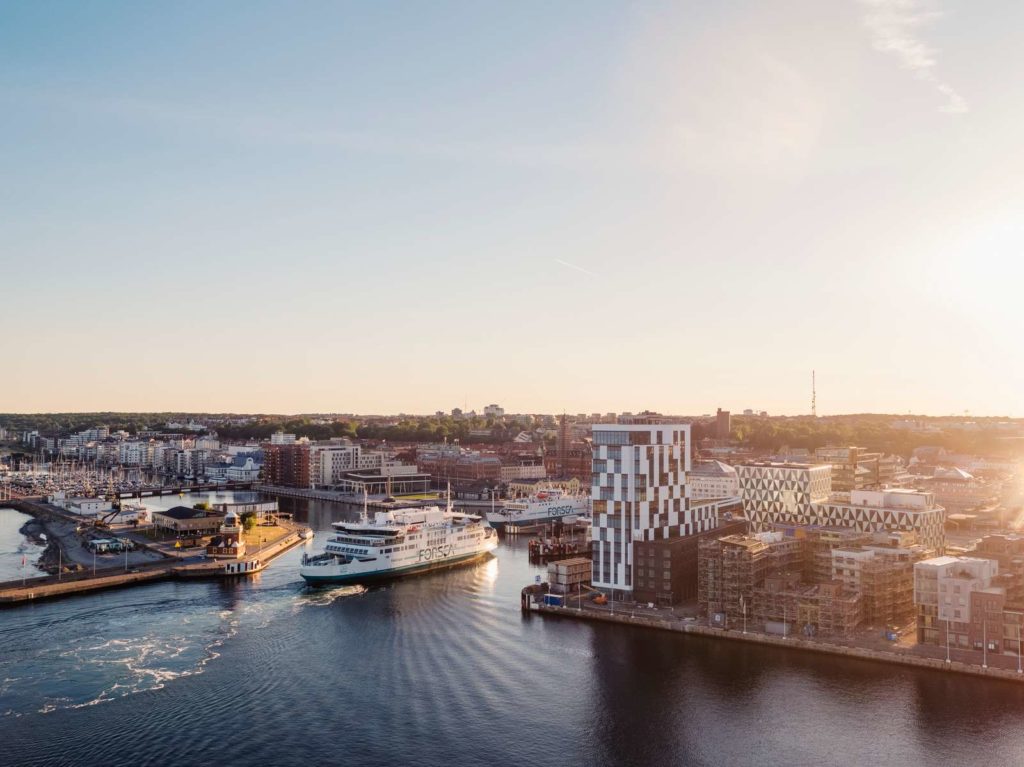
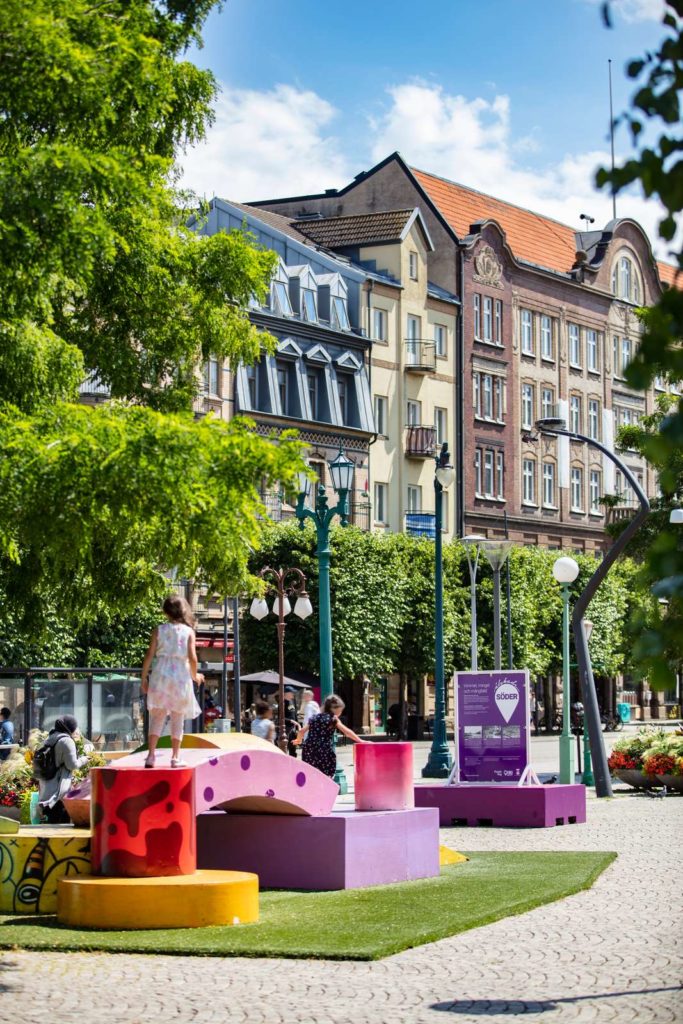


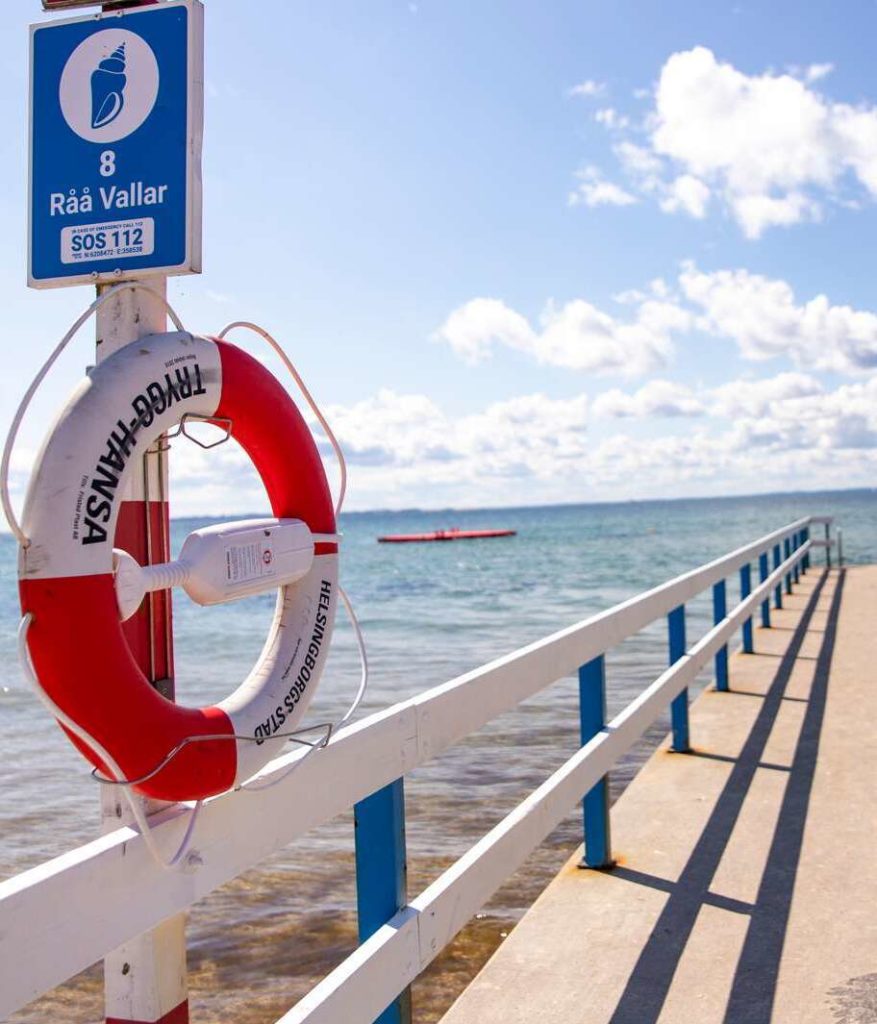
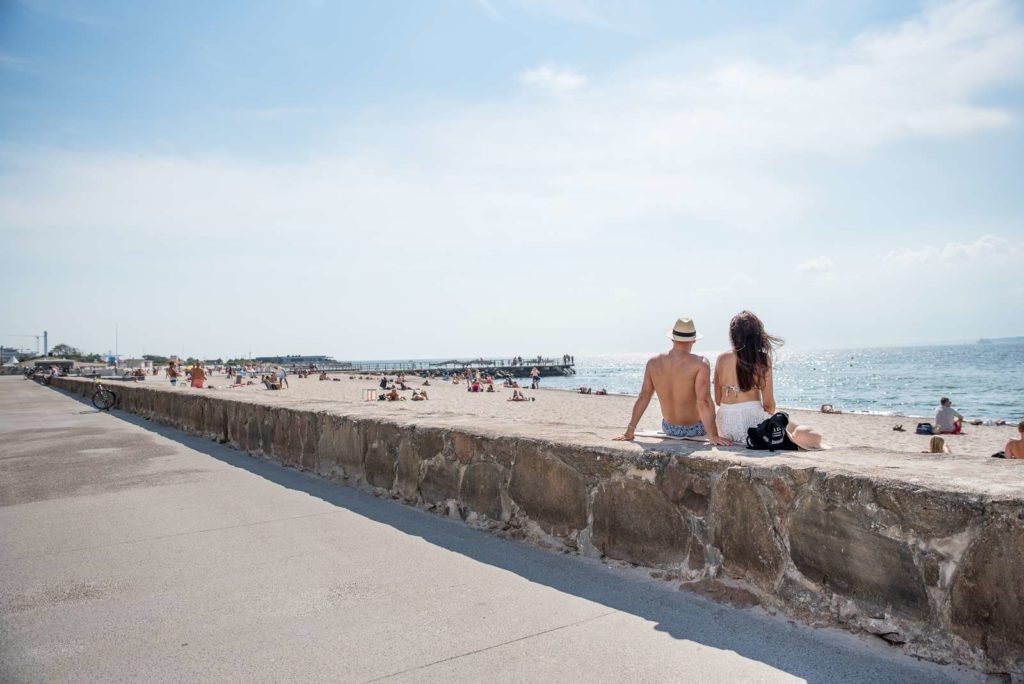
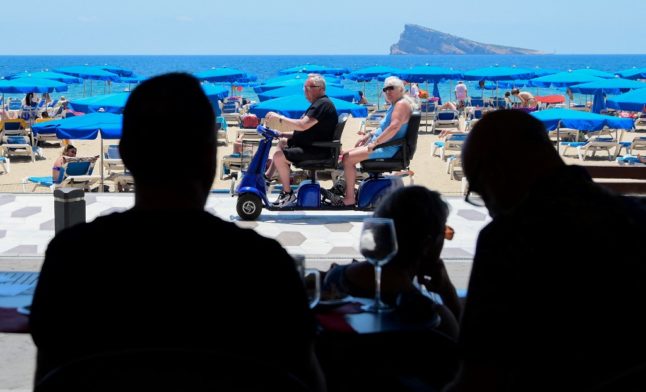
 Please whitelist us to continue reading.
Please whitelist us to continue reading.